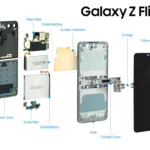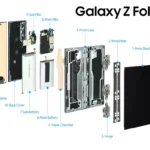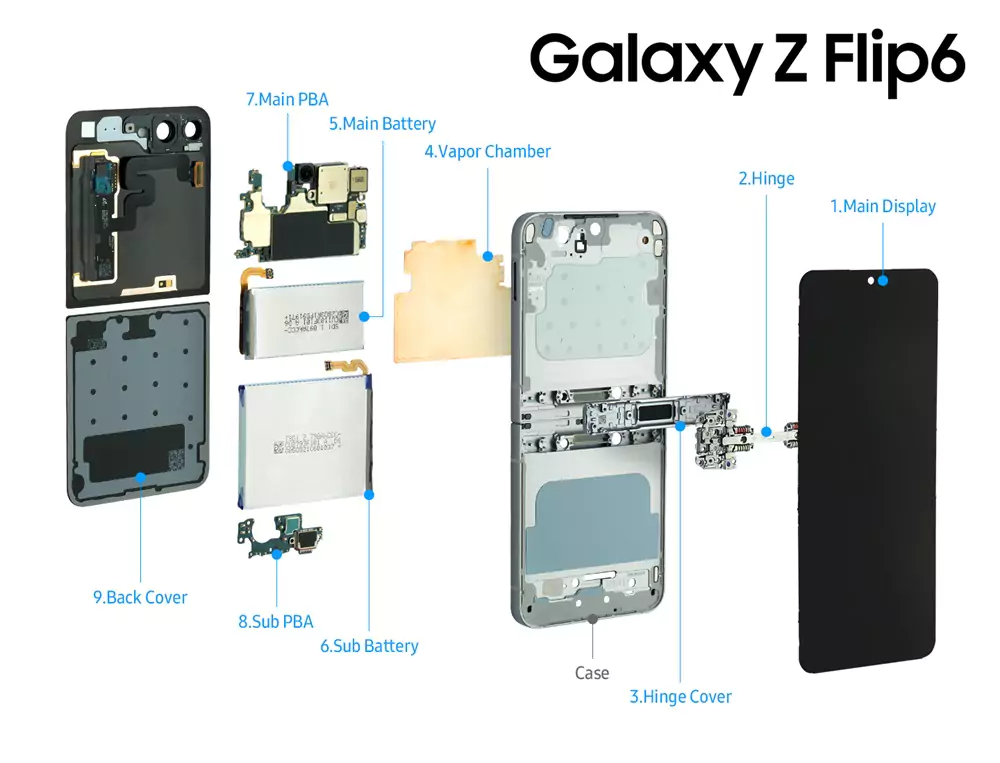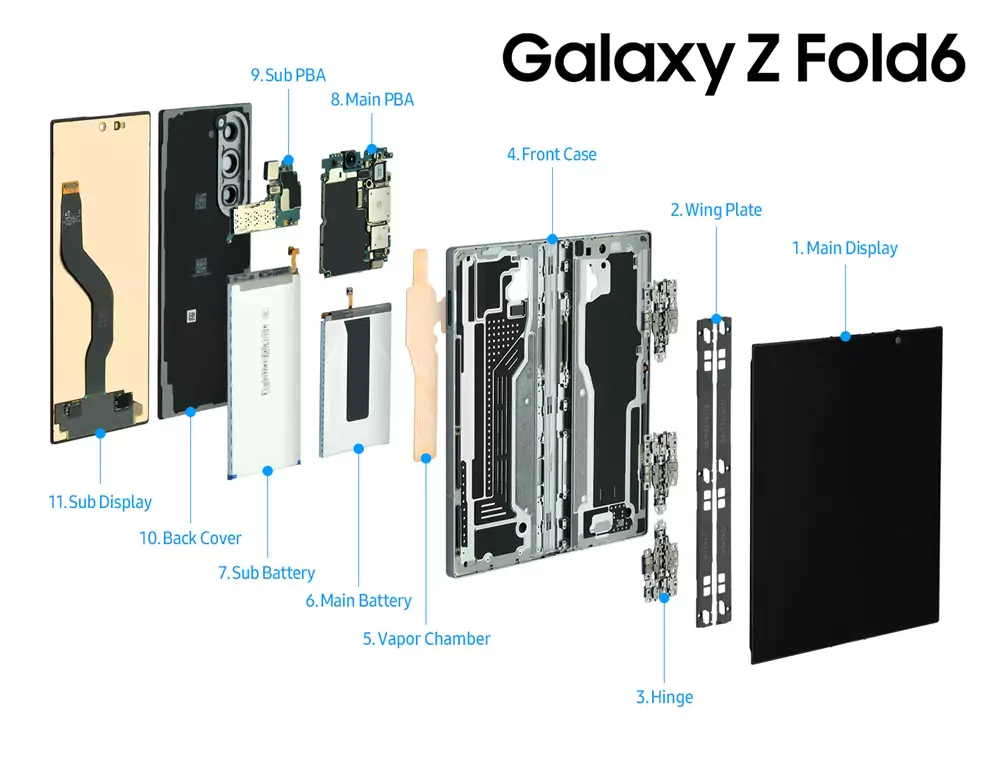We went a little further into the M2 Pro SoC inside the 14″ MacBook Pro with repairability in mind, and with one of the Self Service Repair program’s treasures in hand: the service manual for the M1 MacBooks. “Can we use the old M1 repair instructions for the new M2 Pro MacBooks?” we wondered.
Is it tried and true, or is it old and busted?
It is neither unexpected nor detrimental to be able to follow the handbook of the previous generation. Yes, “refreshing” a product’s physical form does artificially enhance consumption—a century of marketing study agrees. However, there are economic savings to retaining the same production procedures, as Henry Ford famously demonstrated with the Model T.
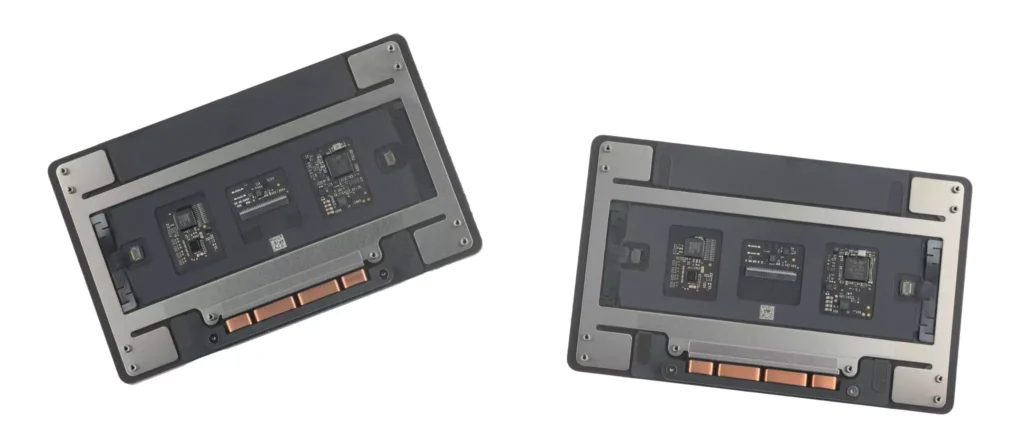
Aside from working out any flaws in a product, using the same manufacturing procedures minimizes retooling costs, and some of those savings are passed on to customers. It also aids potential repairers by preserving a recognized design and extending the pool of accessible components. Not only is the OEM creating more of the same product, but third-party manufacturers have greater time and motivation to produce parts as well.
Oh, and minimum to no factory retooling results in less waste and faster turnaround. That is a lot of victories. The production procedures for the M1 and M2 MacBook Pros are comparable. Apple will make more money as a result, consumers will pay less, and most crucially for us, we will still be able to utilize the same repair guide almost two years from now.
Find out what’s new in the M2 MacBook Pro
I had a good overall experience using the repair handbook. While at first confusing and daunting owing to the lengthy text (162 pages!) and the overwhelming amount of warnings, the internal reasoning began to make sense as I became familiar with the manual’s form and technique. If you have the patience and time to meticulously follow the directions in Apple’s repair manual, you are set up for success.
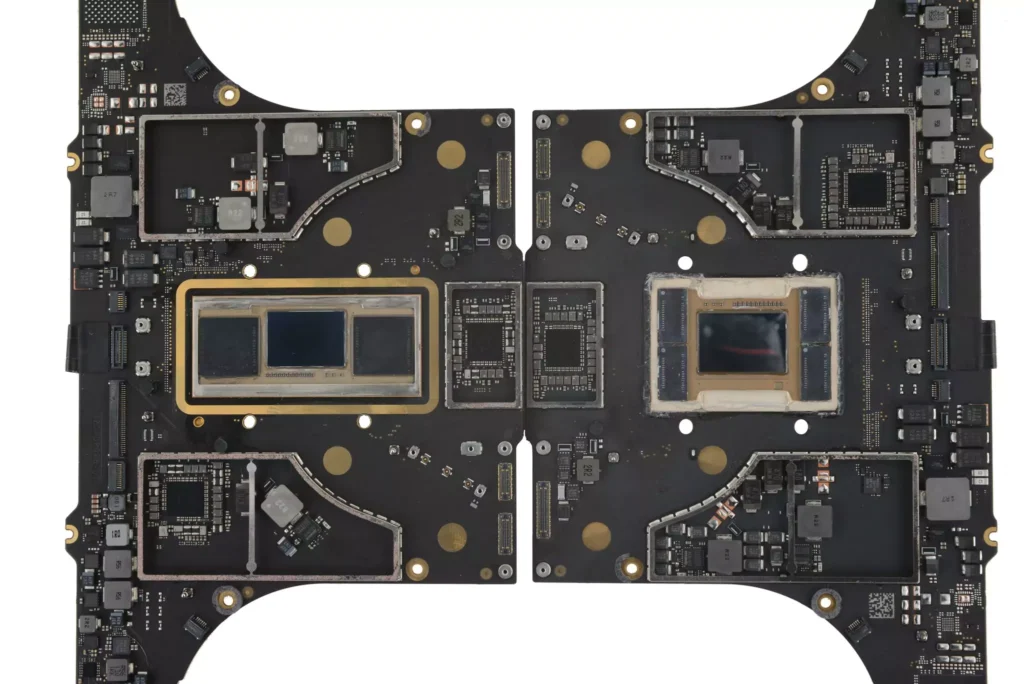
There are, of course, some changes to the M2 notebook itself, but they are only made to the Logic Board. The M2 Pro SoC’s heatsink appears to be smaller than usual, which is the most intriguing of all. We looked at this a little bit since we anticipated the M2 Pro to have a heatsink that was comparable to, if not bigger than, the M1’s.
The cause of the size discrepancy is instantly seen when the SoC is unshielded. In comparison to the M2 Pro, which has two SK Hynix 4GB LPDDR5 RAM modules on either side of the core for a total of four, the M1 Pro features an 8GB Samsung LPDDR5 RAM module on each side of the core. These exact RAM chips were also present in the M2 MacBook Air.
The SoCs are therefore similar in size; they are simply organized differently. But why, this time, does Apple use four RAM modules rather than two bigger ones? I asked Dylan Patel, Chief Analyst at SemiAnalysis, about this. He said, “ABF substrates were quite scarce when Apple made the design decision.
Could RAM be getting smaller due to Apple’s supply restrictions?
They can reduce the complexity of routing information from the memory to the SoC within the substrate by employing four smaller modules rather than two bigger ones, which results in fewer layers on the substrate. This enables them to use more of the scarce substrate supply. And the problems with supply don’t end there. But Apple is busy breaking down the RAM modules into smaller packaging, they are pushing the NAND modules in the other way. On the 14′′ M1 MacBook Pro, there are four smaller 128GB modules, while on the 14′′ M2 MacBook Pro, there are two bigger 256GB modules.
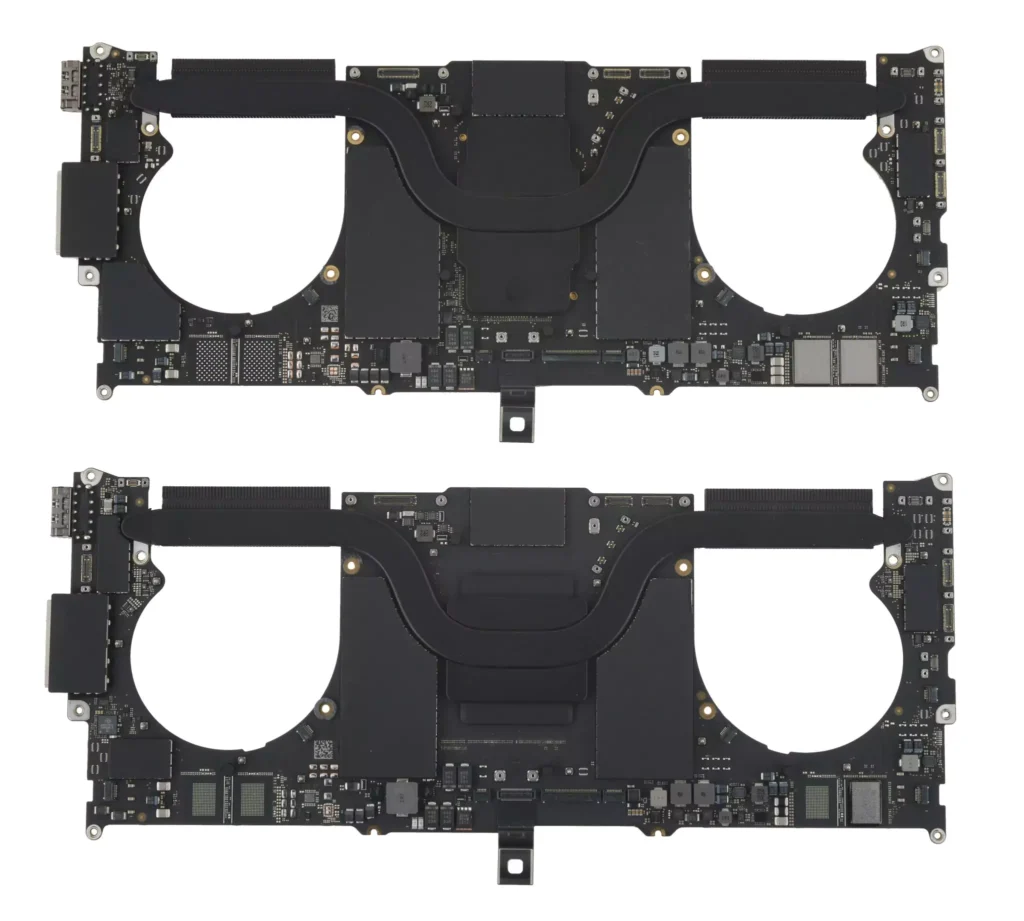
Patel claims that this is simply due to the fact that smaller 128GB modules are getting more difficult to find and more costly to buy as the industry transitions away from smaller dies and toward ever-higher NAND die densities. This begs the question: Why even bother with a 512GB version, Apple? The disassembly gave us a lot of really fascinating information about how Apple handles repairs overall.
